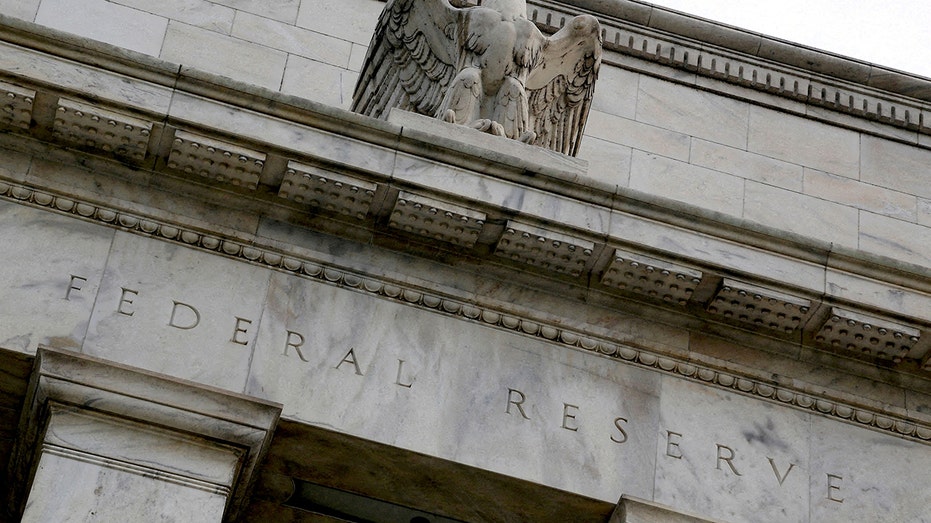The Fundstrat Global Advisors managing director discusses his take on the markets, the economy and the Federal Reserve’s management of rate hikes.
American families posted double-digit percent increases in their real median net worth over the past three years, the Federal Reserve found.
The real median family net worth for 2022 came in at $192,900. The U.S. central bank reported it being at that level on Wednesday as part of its broad Survey of Consumer Finances that contained a swath of other data.
That equated to a 37% increase from pre-COVID 2019, when it was $141,100, and the “largest three-year increase” in the modern survey’s history, according to the Fed survey.

American families posted double-digit percent increases in their real median net worth over the past three years, the Federal Reserve found. (iStock / iStock)
“The net improvements in economic performance, including rising house and corporate equity prices that well exceeded consumer price inflation, supported substantial increases in median and mean inflation-adjusted net worth … between 2019 and 2022,” the Fed said.
MORTGAGE RATES RISE AGAIN AMID WORSENING HOME AFFORDABILITY CRISIS
In September, the month for which the most recent data is available, the Consumer Price Index experienced a 0.4% month-over-month increase and a 3.7% year-over-year increase, as previously reported by FOX Business. The central bank wants inflation at 2%, a level that it has tried to reach through numerous interest rate hikes in the past year and a half.
The Fed also reported Wednesday that its survey found $70,300 was the median family income in 2021, up $2,400 from three years prior.

The Fed also reported Wednesday that its survey found $70,300 was the median family income in 2021, up $2,400 from three years prior. (Jonathan Ernst / File / Reuters Photos)
“Gains in income were experienced across the income distribution but were largest toward the top, consistent with some increase in income inequality over this period,” the Fed noted.
Nearly 100% of American families had assets – whether that be financial or non-financial – with the median holdings of those totaling $332,600, according to the central bank’s data. Their median value saw a 26% increase from 2019.
US ECONOMY LITTLE CHANGED IN RECENT WEEKS: FED’S BEIGE BOOK
The survey identified transaction accounts and retirement accounts as the most popular type of financial assets for Americans.
The share of families with retirement accounts rose 4% from 2019, hitting 54.3%, according to the Fed report. Their median holdings were $86,900, which also represented an increase.

The share of families with retirement accounts rose 4% from 2019, hitting 54.3%, according to the Fed report. (iStock / iStock)
Meanwhile, 21% of families directly owned stocks. Three years ago, only 15% did, per the survey.
| Ticker | Security | Last | Change | Change % |
|---|---|---|---|---|
| SP500 | S&P 500 | 4278 | -36.60 | -0.85% |
| I:DJI | DOW JONES AVERAGES | 33414.17 | -250.91 | -0.75% |
| I:COMP | NASDAQ COMPOSITE INDEX | 13186.175252 | -128.13 | -0.96% |
For non-financial assets, vehicles were most common, it also found.
On the debt front, more than three-quarters of families – 77.4% – reported some form of it. In 2019, that had been 76.7%, according to the Fed.
Its conditional median value hovered around $80,200.
The survey indicated that credit card debt “continued to be the mostly widely held type of debt,” according to the Fed. It pegged the median amount held by a family at $2,700.
FED’S POWELL WARNS SLOWER ECONOMIC GROWTH MAY BE NEEDED TO COOL HIGH INFLATION
The Fed has been closely monitoring various economic conditions as it makes plans for what monetary policy measures it will take for the remainder of this year.



